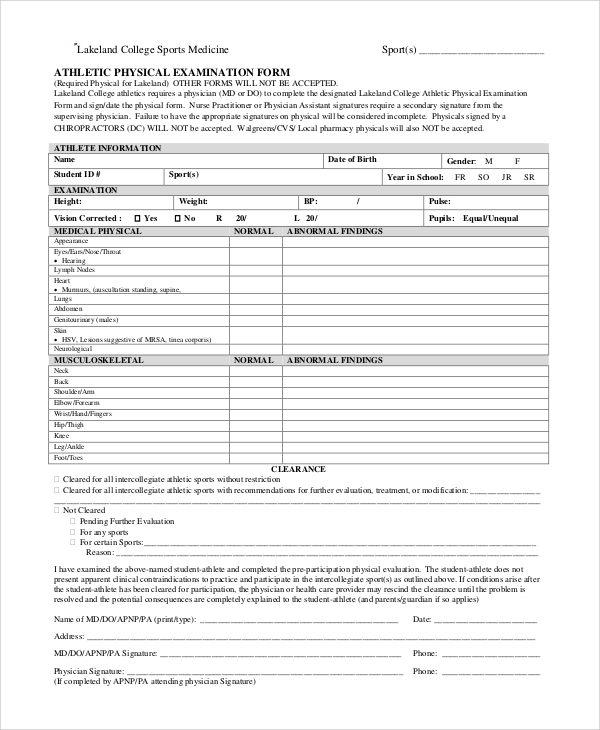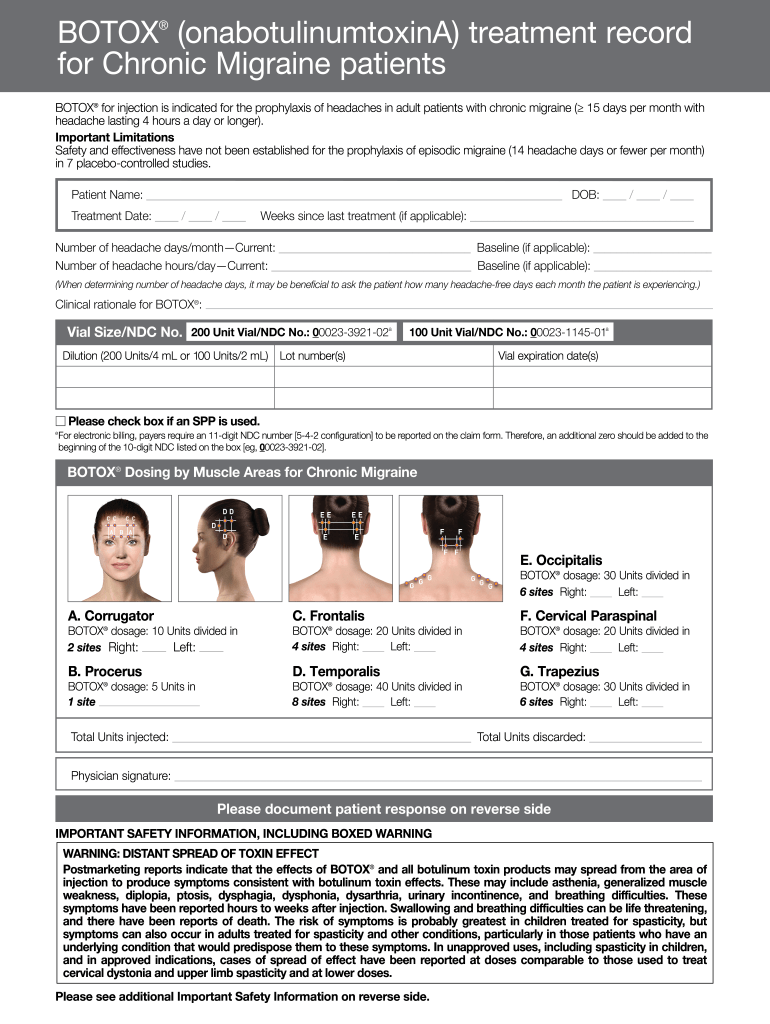NCAA Sports Physical Form: Essential Guide for Athletes

Participating in NCAA sports is a dream for many student-athletes, but it comes with specific requirements, including the NCAA Sports Physical Form. This essential document ensures that athletes are physically fit and ready to compete safely. Whether you’re a student-athlete, parent, or coach, understanding this form is crucial for compliance and safety. Below, we break down everything you need to know about the NCAA Sports Physical Form, including its purpose, components, and how to complete it correctly.
What is the NCAA Sports Physical Form?

The NCAA Sports Physical Form is a medical evaluation required for all student-athletes participating in NCAA sports. It assesses an athlete’s overall health, identifies potential risks, and ensures they are cleared to compete. This form is part of the NCAA’s commitment to athlete safety and well-being.
Why is the NCAA Sports Physical Form Important?
- Safety First: Identifies underlying health issues that could pose risks during sports.
- Compliance: Mandatory for eligibility to participate in NCAA sports.
- Prevention: Helps prevent injuries and health complications during training and competitions.
💡 Note: The form must be completed by a licensed medical professional, such as a physician or nurse practitioner.
Key Components of the NCAA Sports Physical Form

The form is divided into several sections, each focusing on different aspects of an athlete’s health. Here’s a breakdown:
1. Medical History
This section requires detailed information about the athlete’s past and present health conditions, including:
- Chronic illnesses (e.g., asthma, diabetes).
- Previous injuries or surgeries.
- Allergies and medications.
2. Physical Examination
A licensed healthcare provider conducts a thorough physical exam, assessing:
- Vital signs (blood pressure, heart rate).
- Vision and hearing.
- Cardiovascular and respiratory health.
- Musculoskeletal system.
3. Clearance and Recommendations
Based on the evaluation, the healthcare provider determines whether the athlete is cleared to participate. If restrictions or recommendations are necessary, they are noted here.
How to Complete the NCAA Sports Physical Form

Completing the form requires attention to detail and honesty. Follow these steps:
- Schedule a Physical Exam: Arrange an appointment with a qualified healthcare provider.
- Bring Necessary Documents: Include any relevant medical records or test results.
- Fill Out the Form Accurately: Ensure all sections are completed truthfully and thoroughly.
- Submit the Form: Follow your school’s or team’s submission guidelines.
⚠️ Note: Incomplete or inaccurate forms may result in delayed clearance or disqualification.
Checklist for NCAA Sports Physical Form

To ensure a smooth process, use this checklist:
- [ ] Schedule a physical exam with a licensed provider.
- [ ] Gather all necessary medical records.
- [ ] Complete the medical history section accurately.
- [ ] Undergo the physical examination.
- [ ] Obtain clearance from the healthcare provider.
- [ ] Submit the form according to your school’s guidelines.
Common Mistakes to Avoid

- Skipping Sections: Ensure every part of the form is completed.
- Providing Inaccurate Information: Honesty is critical for accurate evaluation.
- Missing Deadlines: Submit the form well before the deadline to avoid issues.
The NCAA Sports Physical Form is a vital step in ensuring the safety and eligibility of student-athletes. By understanding its purpose, components, and completion process, athletes can navigate this requirement with confidence. Remember, accuracy and timeliness are key to a successful submission.
Who can complete the NCAA Sports Physical Form?
+The form must be completed by a licensed medical professional, such as a physician, nurse practitioner, or physician assistant.
How often is the NCAA Sports Physical Form required?
+The form is typically required annually, but check with your school or team for specific guidelines.
What happens if I fail the physical exam?
+If issues are identified, the healthcare provider may recommend restrictions or further testing. In some cases, clearance may be denied until concerns are addressed.
Related Keywords: NCAA eligibility, sports physical requirements, athlete health clearance, student-athlete medical forms.


